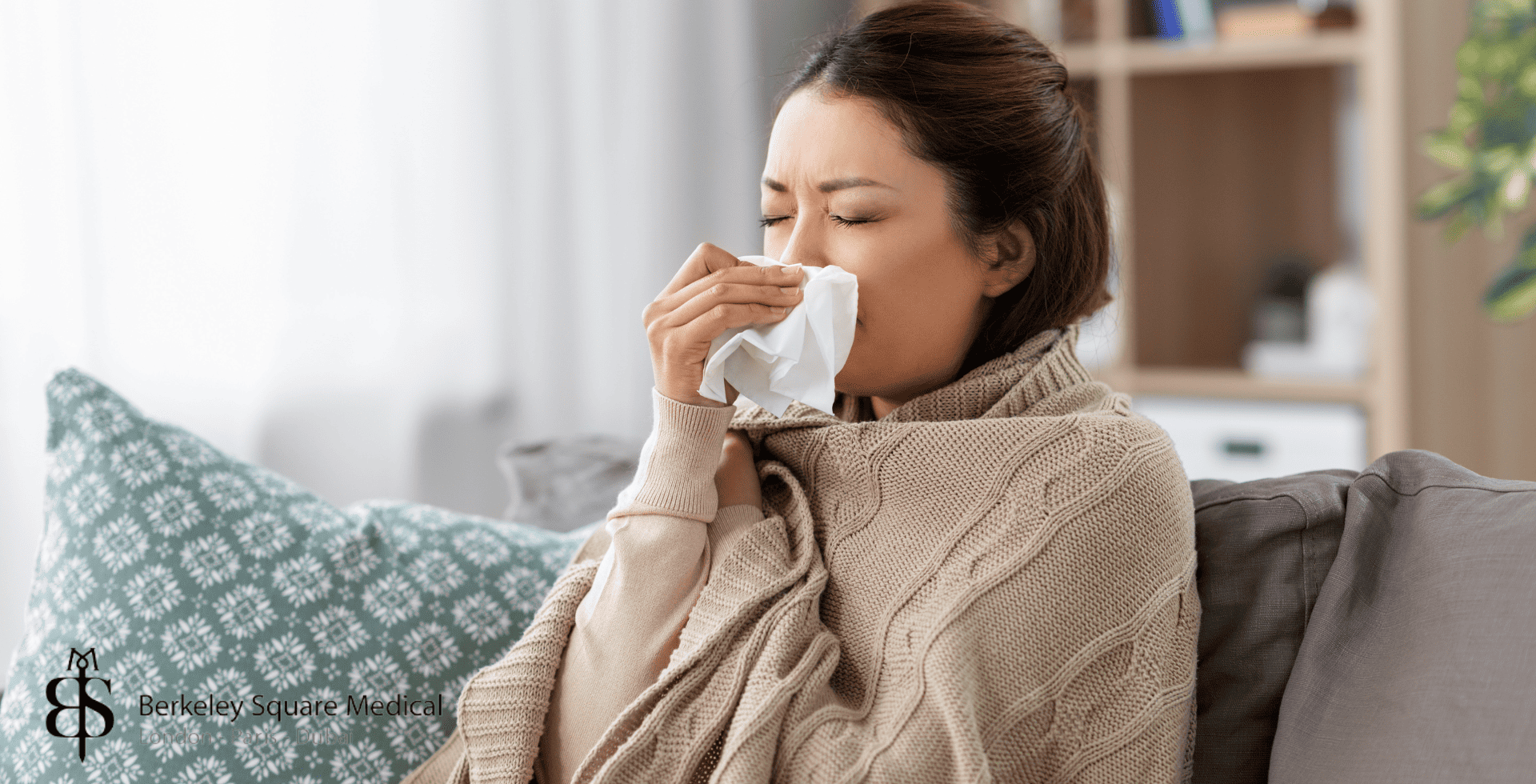
Blowing your nose might seem like a simple part of daily life – but after rhinoplasty, it becomes something you need to be very careful with. Many patients worry about accidentally ruining their results, especially if they’re dealing with a runny or congested nose during recovery.
In this guide, we’ll walk you through when it’s safe to blow your nose after rhinoplasty, what to avoid in the early stages, and how to handle common post-op symptoms like sniffing or sneezing. Whether you’re recovering from surgery now or preparing ahead of time, these tips will help you stay on track for a smooth healing process.
Avoid blowing your nose for at least 2–3 weeks after rhinoplasty to prevent disrupting healing tissues or shifting cartilage.
Forceful nose blowing can cause bleeding or prolong recovery, especially if done too soon after surgery.
Saline sprays are the safest way to manage congestion during early recovery – use them gently and regularly.
Sniffing is generally safe if done lightly and occasionally, but excessive sniffing can irritate your nose and slow healing.
Once cleared by your surgeon, blow your nose gently using soft tissues and minimal pressure – always one nostril at a time.
Most surgeons recommend avoiding nose blowing for at least 2 to 3 weeks after rhinoplasty. During this early stage, your nose is still healing, and forceful air pressure can cause bleeding, disrupt stitches, or even shift delicate cartilage and bone.
If you’re feeling congested or stuffy, it’s better to:
Use a saline spray to keep your nasal passages moist
Gently dab the nose with tissue – don’t blow
Sleep with your head elevated to reduce swelling
Once you pass the 3-week mark, your surgeon may give you the green light to gently blow one nostril at a time, using soft tissues and very light pressure. But everyone heals differently, so always check with your doctor before doing anything that could affect your recovery.
If you are dealing with a blocked nose, here is our detailed guide on how to clean your nose.
Blowing your nose too early after surgery might seem harmless, but it can seriously affect your results. In the first few weeks after rhinoplasty, the tissues inside your nose are healing, and even gentle pressure can:
Cause internal stitches to tear
Shift or dislodge nasal cartilage
Lead to nosebleeds or swelling
Delay the overall recovery process
If you accidentally blow your nose or sneeze hard during the early healing phase, don’t panic – but do let your surgeon know, especially if you notice bleeding, pain, or increased swelling afterwards. They can advise if further checks or care are needed.
Dealing with a runny nose after a nose job is more common than you might think. It’s usually due to temporary swelling inside your nasal passages, and your body’s way of flushing out fluid as part of the healing process.
Here’s how to manage it safely:
Use a saline spray a few times a day to keep things clean and reduce irritation
Avoid sniffing forcefully – it doesn’t help and can put pressure on healing tissue
Stay hydrated to keep mucus thin and easy to manage
Don’t wipe or dab too roughly, especially around incision sites
Runny noses after rhinoplasty are typically harmless and resolve on their own within a few weeks to a few months.
Sniffing might feel like a safer option than blowing your nose, but it still needs to be done carefully.
A gentle sniff now and then is usually okay once you’re past the first few days of recovery. But repeated or forceful sniffing can cause irritation inside your nose, disrupt the healing tissues, or even increase swelling.
Here’s the rule of thumb:
Sniff only if you really need to, and keep it light
Avoid sniffing constantly – it’s not actually clearing mucus, just moving it around
If you’re feeling congested, saline rinses are a safer and more effective option
Always listen to your body. If sniffing feels uncomfortable or painful, it’s best to stop and check in with your surgeon.
Once you get the green light from your surgeon (usually after 2–3 weeks), you can start blowing your nose again – very gently.
Follow these steps to do it safely:
Blow one nostril at a time – Keep the pressure low and avoid forceful exhaling
Use soft, unscented tissues – These are gentler on sensitive skin
Lean forward slightly – This helps drainage and prevents pressure from building up
Stop immediately if you feel discomfort or pain – Don’t push through it
If you’re not sure whether it’s safe to start blowing your nose, check with your surgeon first. Recovery timelines can vary from person to person, especially if your surgery was more complex.
Here is another article on what not to do after nasal surgery.
Most surgeons recommend waiting at least 2 to 3 weeks after surgery before blowing your nose. Even then, it should be done very gently and only after your surgeon gives you the all-clear.
Blowing your nose too soon can disrupt stitches, shift cartilage, or cause bleeding, all of which may delay healing or affect your final result.
Use a saline spray or rinse to help clear congestion gently. Avoid inserting tissues or objects into your nostrils, and never forcefully blow your nose during early recovery.
Yes. A runny nose is a common side effect after rhinoplasty and may last for a few weeks. It’s usually part of the body’s natural healing process.
Gentle sniffing is generally safe, but frequent or forceful sniffing should be avoided. It can irritate healing tissues and delay your recovery.